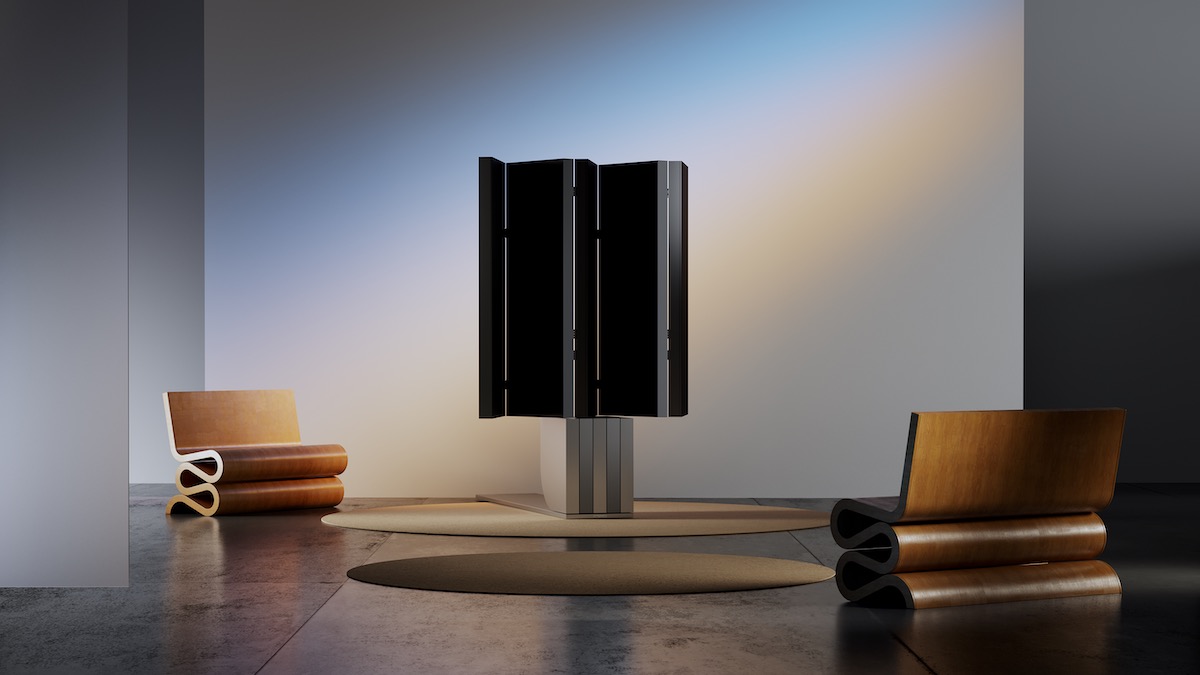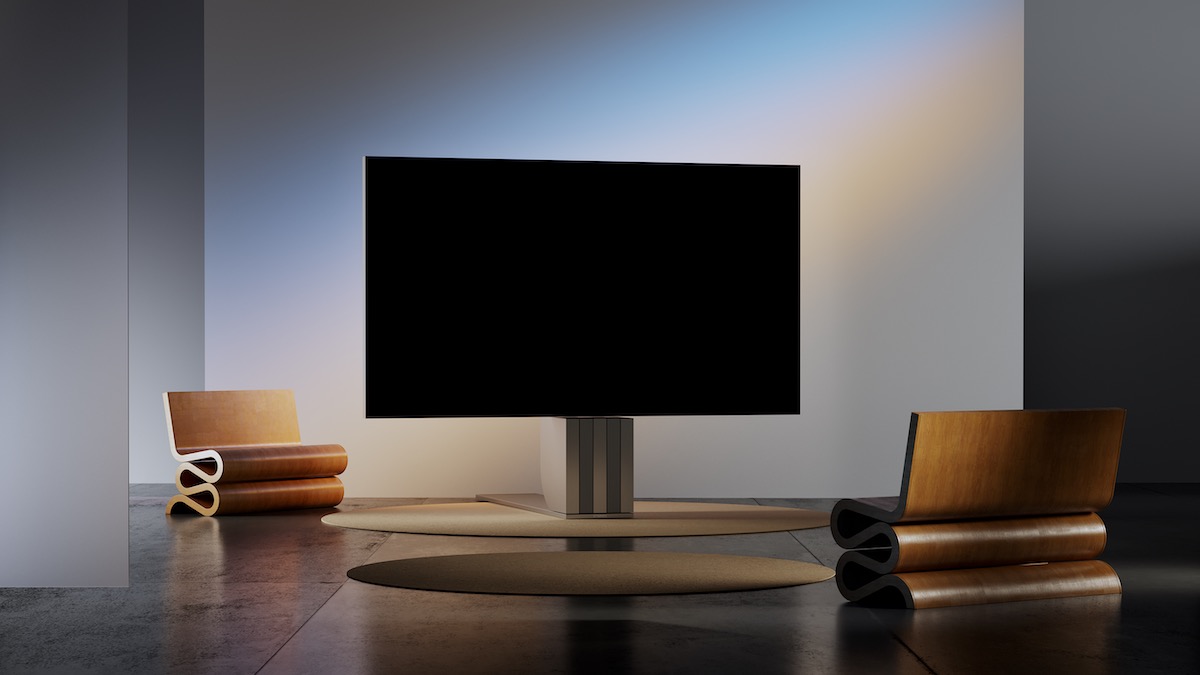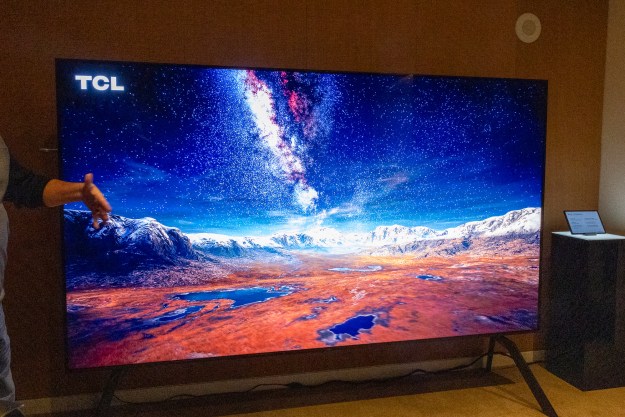MicroLED technology promises to one day give us absolutely huge TV screens at accessible prices. But that day is not today. Instead, it is being used to create some of the most dazzling — and exorbitantly expensive — TVs on the planet, like the stunning, folding 4K M1 TV from Austrian brand, C Seed, which will set you back $400,000. But we’ve got great news for those who simply refuse to spend more than $200,000 on a folding TV: C Seed has just announced the folding 4K N1 TV, which you can add to your home (or superyacht) for the miserly sum of just $190,000.

But just to keep your expectations in check, $190,000 is the starting price for the N1. For that amount, you’re looking at the smallest screen size of just 103-inches. It’s available in two larger sizes too (137- and 165-inches), but as they say, if you have to ask how much those sizes cost …
Now to the real question: Just how did C Seed manage to reduce the price of this folding work of technological art to half of its prior level? I’ve got good news and bad news. The good news is, you will no longer need to hire an architect, a structural engineer, and a decorator to install the N1. That’s because, unlike the M1, which is designed to fully disappear into a recessed cavity in your floor when not in use, the N1 is a stand-alone unit that can be placed anywhere you have the room to put it. The bad news is, when the N1 is not in use, you’ll be forced to stare at the striking aluminum sculpture that is the N1’s fully retracted pedestal shape. Sorry, I know that’s going to sting a bit.
Once fully erect and open in all of its glory, the N1 can rotate up to 180 degrees to ensure you’re getting the best seat in the house, even if you need to place it in a corner.
MicroLED displays are remarkable because they offer the pure-black performance of an OLED TV, but with retina-searing brightness and excellent color accuracy. And with the N1’s support for HDR10+, it should produce some incredibly vivid imagery. But MicroLED has two potential drawbacks. The first is that most MicroLED TVs are created from multiple panels, which creates the possibility that you’ll be able to detect the small seams where adjacent panels meet. C Seed says it has solved this problem by not only ensuring that its panels are built with sub-millimeter tolerances but also by intelligently adjusting the brightness of pixels on either side of a seam so that any remaining visible gap gets masked.
The second drawback is the size of the pixels. MicroLED pixels are considerably larger than those that can be created using OLED or even conventional LED TV panels, which is why even the largest of the C Seed N1 TVs are only 4K resolution, not 8K. At smaller screen sizes, like 42-65-inches, 4K resolution is plenty and will create a very sharp image when viewed from a normal distance. But the larger the screen, the larger the pixels get if you don’t increase the resolution too. Sit too close to the 165-inch N1 and you may well be able to see the dots that make up the image — not exactly what you want when spending this kind of money.
Still, resolution problems aside, simply watching your TV origami itself in a motorized techno-ballet of movement might be the most entertaining part of the whole experience. And if it’s not, the N1 comes with a built-in 9.2-channel A/V receiver and a pair of 100-watt speakers, so you should be treated to audio that sounds almost as good as this TV looks.
You also get five HDMI inputs, which is good, because despite costing as much as a high-end Ferrari, the N1 doesn’t appear to have any kind of smart TV software onboard like Google TV or Roku TV, so you’ll need to attach a streaming device if you want to binge Stranger Things 4 on your huge, kinetic, 4K MicroLED TV.
Editors' Recommendations
- What we want to see from the next Apple TV 4K
- Samsung’s new 98-inch DU9000 4K TV is just $4,000. Can it beat TCL and Hisense?
- Vizio’s first 86-inch 4K TV is coming soon, for $999
- Belkin drops a $50 mount for iPhone video calls on Apple TV 4K
- If you don’t see CBS in 4K on YouTube TV, try this








